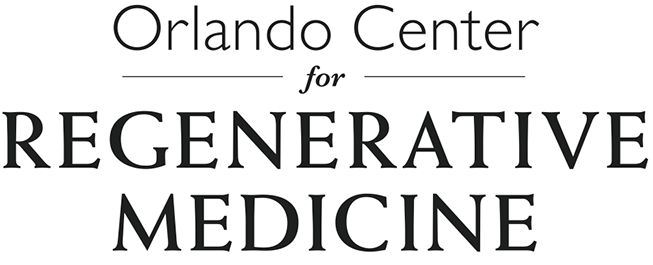PRP THERAPY FREQUENTLY ASKED QUESTIONS
What is PRP therapy?
Platelet-rich plasma (PRP) therapy is the process of using your body’s own platelets and plasma to promote healing in injured or damaged tendons, ligaments, muscles, and joints.
How should I prepare before the procedure?
Please provide a list of your current medications including prescriptions, over the counter drugs, and herbal supplements to our office before your procedure. Avoid steroids or anti-inflammatory medication for approximately three weeks prior to and three weeks after the procedure. Please contact our office if you must take anti-inflammatory medication for any reason.
How are platelets obtained?
The procedure begins by obtaining a sample of the patient’s blood. The sample is then placed in a high-spinning centrifuge machine. The spinning separates the blood into different components. The components consist of plasma, red blood cells, white blood cells, and platelets. A concentrated source of platelet-rich plasma is then injected into and around the injured or damaged tissue. The concentrated source of platelets promotes the natural healing of damaged ligaments, cartilage and tendons.
How long will the procedure take?
The procedure can take anywhere from 45 to 60 minutes.
Will my body reject the platelet-rich plasma?
There is little to no chance that you will reject the platelet-rich plasma as the procedure consists of using your own blood.
What should I expect after the procedure?
PRP therapy is performed on an outpatient basis in one our clinic rooms. Depending on the severity of the injury, results may vary. In most cases, patients are able to resume normal daily activities shortly after the procedure. Some soreness may occur. In order to yield long-lasting benefits from the procedure, we strongly recommend that you refrain from anti-inflammatory medication and steroids for at least 3 weeks after the procedure.
What are the expected results?
Results will vary depending on the severity of the injury or condition. While some patients report an improvement in their condition after one PRP injection, others may require multiple injections in order to ensure healing has occurred.
Who is a good candidate for PRP therapy?
Any patient with a recent injury or chronic condition involving joint, ligament, muscle, tendon, or cartilage damage.
Is stem cell therapy the same as platelet-rich plasma (PRP) therapy?
No. A platelet-rich plasma (PRP) procedure consists of extracting blood from the patient, using a centrifuge to concentrate the platelets in the blood, and then injecting the concentrated source of platelets in the area of pain in order to promote healing. Stem cell therapy involves the aspiration of stem cells from bone marrow in the iliac crest (pelvis), using a centrifuge to create a concentrated source of stem cells, then injecting the concentrated stem cells into the area pain in order to regenerate damaged tissue.
Both PRP therapy and stem cell therapy are great treatment options for those dealing with degenerating tissue, but stem cell therapy is a more advanced procedure, commonly used for more severe injuries and conditions.
Is stem cell therapy or platelet-rich plasma (PRP) therapy covered by insurance?
In most cases, insurance does not cover PRP therapy or stem cell therapy procedures. Contact our office if you have any questions.
What is regenerative medicine?
Regenerative medicine is a new and advancing scientific field focused on using the body’s own regenerative capabilities to restore function to damaged cells and tissue.



